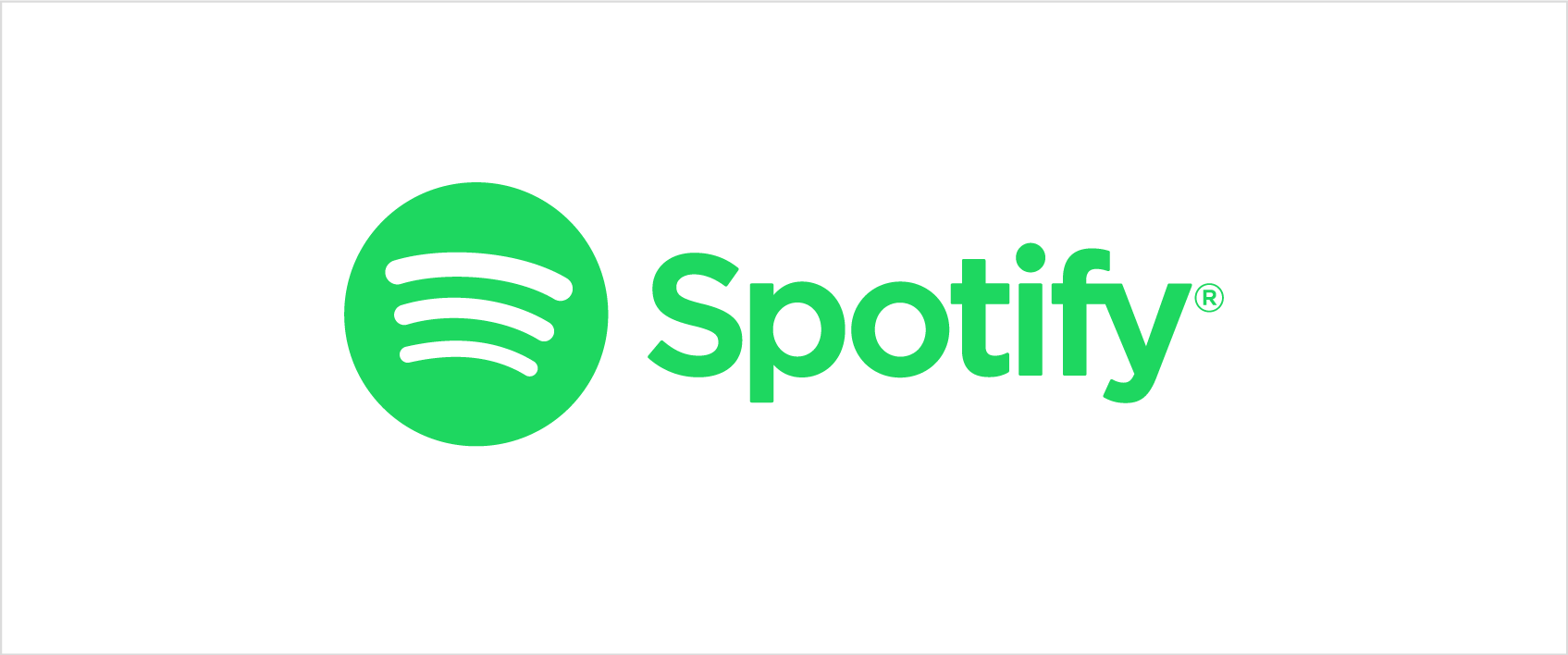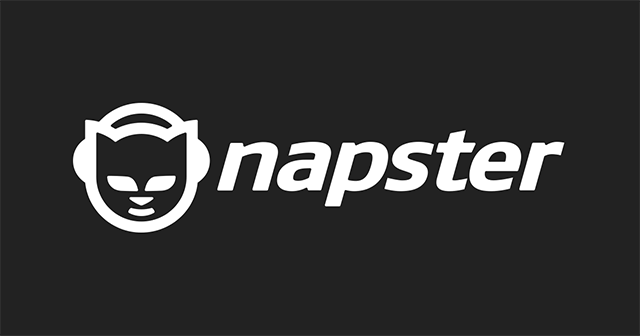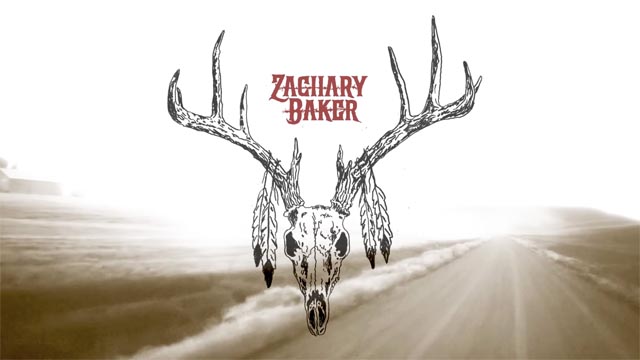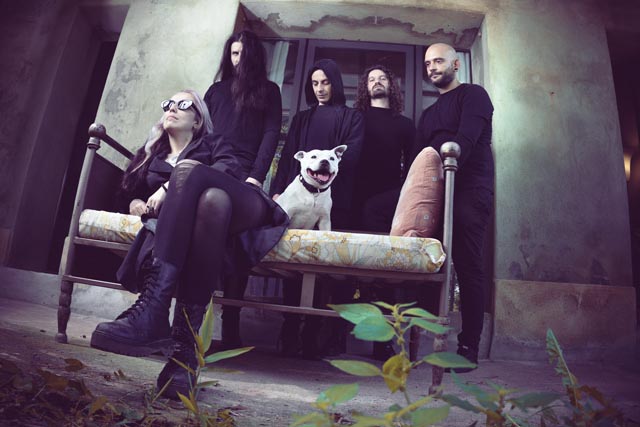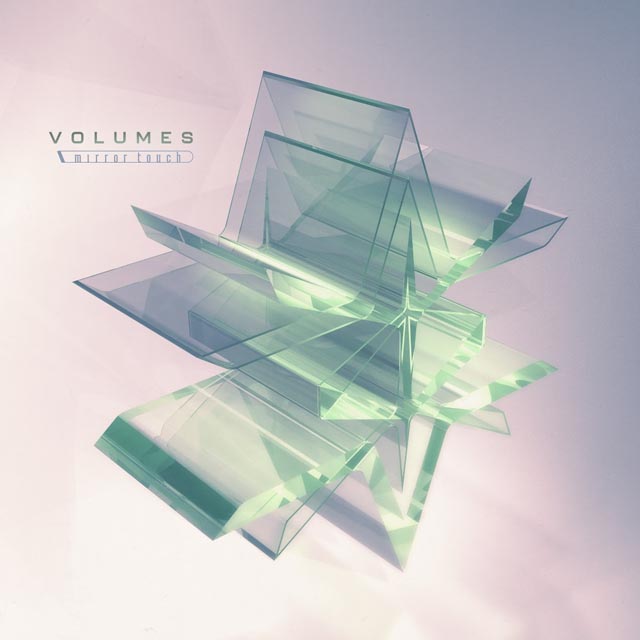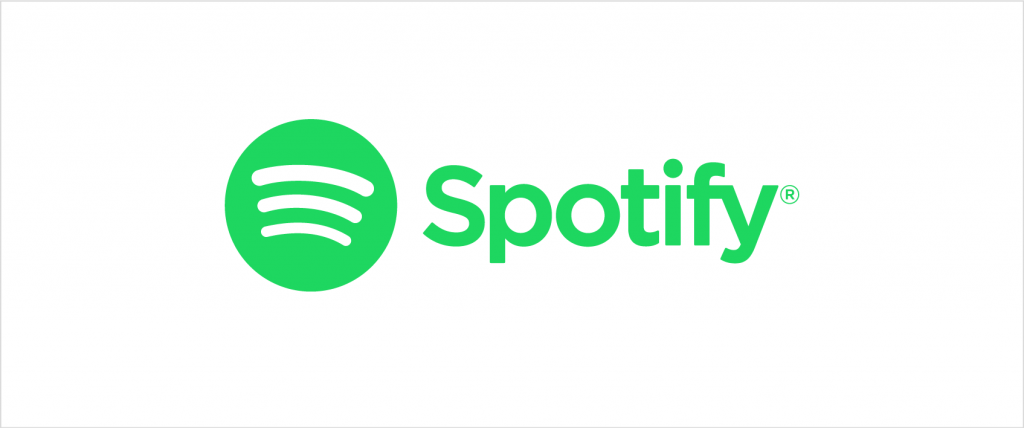
The latest in the ongoing digital music streaming discussion has to do with artist compensation. Some headlines falsely accuse Sweden’s music streaming giant Spotify of “Suing songwriters” along with Amazon, Pandora and Google as the four leading streaming services have appealed a ruling that would increase artist royalties paid to them by all streaming services. The headline appears in quotes, for good reason. A headline is meant to grab the attention of the casual viewer, but there is much more to this story.
A ruling by the United States copyright royalty board has called for an artist royalty increase of 44%, over the next five years, for all artists whose music is a part of any streaming service. Spotify and Amazon, along with Pandora and Google, have appealed that ruling, sending the message that they are not in favor of paying artists any more for the material that they provide. Spotify, in a joint statement with Pandora and Google, defended itself by saying that they are not against artist making more money, in fact they are in favor of it and that its issue is primarily with the “complex” CRB rate structure and are simply asking the U.S. Court of Appeals for the D.C. Circuit to review the decision. The national music publishing association has come out against the appeal calling it shameful and a kin to “suing” songwriters.
In the spirit of full disclosure, I am an artist. I write music, I do not make a living writing music. That is most every musician’s dream, to be able to make a living doing the thing they love most in the world. Not everyone has enough of the critical events necessary line up just right to realize this dream. That being said, the music industry has changed dramatically in just the past ten years. More fundamental changes took place well before that, but this discussion is about artist royalties taking a nosedive with the advent of the OMM, or Open Music Model. For those of you interested in going back further, look at the brief but incredibly impactful existence of Napster. The events of June 1st 1999 set in motion a series of events that have led us to this point in the history of music in our society. Napster raised the question of digital music piracy, ownership, and sharing while, at the same time, turned on its head, the way music is viewed in our culture. It also unknowingly laid the groundwork for todays biggest streaming services.
The table has been set, albeit a big, long table, for the events to unfold as they have. The debate being artists are not being compensated well enough for the material they are providing while the giant corporation, Spotify, is collecting premium subscription fees from over 96 million subscribers. In addition to that, there are countless Spotify users who take advantage of the free streaming service and endure advertising as a punishment. It sounds like the classic struggle. But, you may be surprised to know that to this day Spotify has yet to see a profit.
As revenue increased for the streaming giant, so too did net loss reports. Premium subscription fees and third party advertising targeted at non premium subscription users have not been enough to make Spotify profitable. So while Spotify reported paying out 5 billion to the record industry in 2016, this money was paid out to record companies and rights holders which are oftentimes NOT the artist. Per play average royalties were estimated at between $.006 and $.0084 per song stream in 2013. At a mere fraction of one cent, an artist would earn $100 after 150,419 streams. These numbers change constantly due to a number of factors and can easily be found online. The fact remains that these numbers are woefully inadequate.
The culture of the artists within todays music industry has also changed. Some up and coming artists see the streaming service as a way to have their music heard by more people than ever before. This belief puts them in favor of the entire structure, or at least puts them in a place of acceptance of the current structure with a willingness to work within it. These artists also cite the ability to get their music into the ears of less fortunate people, who may not be able to afford high record prices, as a plus.
These days most artists release new music through music videos on YouTube for free, uploading singles at first, then the entire album is uploaded after release, complete with lyrics, track listings, and cover art. Artists are making adjustments to the current climate of the music industry choosing instead to adapt and navigate a new path. Most artist aren’t looking for private jets and mansions, just a way to continue to afford to make new music and to reach an audience with their music.
It seems that the issue is more of the framework and structure of the industry rather than that of Spotify, and other major streaming services, being the big bad preying on helpless artists. Today, exposure is the currency with which these deals are struck. There has been a 180 degree turn in the ways artists make money. At one time artists would tour in support of a record to boost record sales and increase revenue. Today, record sales are less profitable but are instead used to motivate people to purchase tickets to a live show where they are asked to buy physical CDs, download cards, t-shirts, posters, V.I.P. packages, meet and greets, private performances, and any other piece of merchandising imaginable.
Today artists are thinking of new, creative ways to generate income. You may find one of your favorite drummers or guitar players teaching for the day at the local music shop, or maybe giving a clinic at the local music school. You may see meet and greets or private performances at the local record store in the town where the tour hits that night. Artists are trying many different methods in which to maximize revenue because touring and recording are expensive.
The majority of artists are not on the level of Taylor Swift, who pulled her catalog from Spotify in November of 2014 in an effort to bring attention to low value placed on artists by the streaming services at the time. Her efforts, although not very effective, brought attention to the plight of artists and opened a dialog about artist compensation. Swift’s catalog has since returned to Spotify and other streaming services adding a legitimacy to a model that was once thought of as an experiment. More discussion is needed to help balance the scales so that the music industry as a whole can be a self sustaining delivery system of music in our society. One which sees the pie divided equally among all of its moving parts.
The question, “Why buy the cow when you can get the milk for free?” is valid here. And it speaks to a much larger issue. What value does music hold in our society? What value do music makers have to music listeners? Music is magic, plain and simple. Special people make music and music brings joy to countless others who simply enjoy it. Is the current climate of the music industry devaluing music in our culture? As music programs are being cut in schools across America, record companies are seeing record profits.
Musicians need to be compensated fairly and valued appropriately. They need to be encouraged to continue creating music to be enjoyed by people all over the world. We need new fresh ideas that benefit all involved in the process while making music available to as many people as possible.

